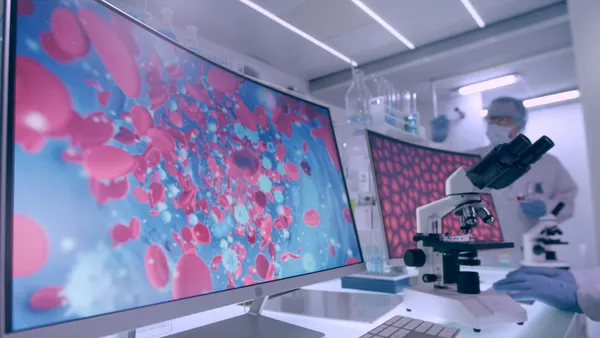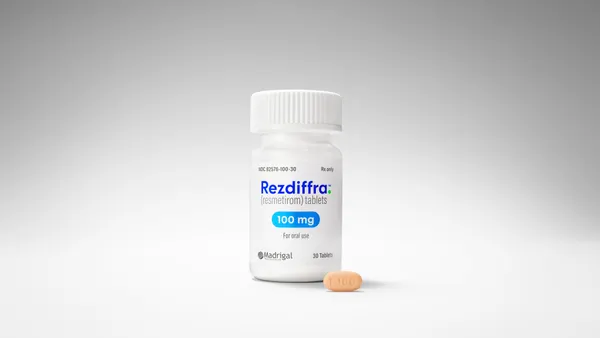A-Ha Moments in Writing for the Web JUICE Pharma Advertising Writing for the Web requires the same best practices one would follow to be engaging and effective in any medium. Yet writing for the Web requires a certain amount of planning around the environment and the audiences — and can make or break a successful encounter with health-seeking customers. The goal is to turn Web health sessions into valuable, captivating experiences. Write with the following pointers in mind and readers will be more likely to turn to your site for health information, trust your company, and look favorably on your brand. A-Ha No. 1: Think Sessions, Not Articles or Brochures People often perform Web searches in the midst of their other daily computer tasks. As a result, content is absorbed in single sessions and users often don’t immediately return to the same content. To increase the success of the delivery, make the content easily digestible in a single session. Make your readers’ Web experience a “right-here, right-now” event. A-Ha No. 2: Get Vertical Scrolling is common behavior when viewing Web content, and the page should reflect this. If you have a lot to say, go deep rather than wide. Consider structuring the page around the reader’s most common focal areas, an F-shape that puts key points up across the top in two rows and down the left side. Understand that trying to say too much will likely result in your audiences absorbing less. A-Ha No. 3: Intuitive Navigation is a Must Users have developed expectations about how content is organized, and deviations can make the experience slower and more frustrating. Provide intuitive site architecture so that readers don’t need a map to find their way. Make navigation and content paths consistent across all of your company’s sites so that repeat visitors can use their previous experience to speed subsequent navigation on other brand sites. A-Ha No. 4: Consider a Health Seeker’s Emotional State When someone’s search is triggered by a diagnosis, prescription, or health event, he or she may often be anxious and afraid. Choose your words with special care, knowing that prose style can make or break the relationship with the reader. Overly promotional language can alienate vulnerable visitors and damage your credibility. Write as if your brand is having a frank, unbiased conversation with the user, and provide appropriate information to build confidence in the source, as well as the topic. A-Ha No. 5: Anticipate Audience Unpredictability Every type of person goes to the Web for health content, so don’t expect to deliver your message only to one group. Consider that laypersons can view content designed for specialists and vice versa. Anticipate that your surgical procedure video could find its way to a YouTube mashup — anything’s possible on this truly democratic medium. A-Ha No. 6: Jettison Jargon When using a scientific term, define it at once in simple words. Think medical prose for physicians and conversational for everyone else. A-Ha No. 7: Build Relationships Make the offerings ones that audiences want to revisit and forward to others. Investigate ways to get readers to return to the site. Is there a continuing story from a patient’s life that readers can relate to? Is there a constant stream of updated news? If you initiate conversations with readers, they’re likely to come back. A-Ha No. 8: Write with Intimacy The same privacy and security that enables people to conduct financial matters on the Web also means you can have health conversations with them. New media channels let you dialogue more closely on intimate topics and provide an experience users can’t get from print or broadcast. A-Ha No. 9: Build Credibility with Physician Audiences When you talk to physicians, authenticity and credibility make all the difference. Give them professional pages that are researched and provide useful information they can’t get elsewhere. Consider physicians’ busy schedules. For example, don’t make your content dependent on a mode-of-action video that can’t be skipped. A-Ha No. 10: Off-Line Accessibility More can be found in a single Web session than anyone can easily digest at once. Many viewers find printed documents easier to absorb than reading on a monitor. Off-line content should look as good as it would for printed collateral. The goal is to turn Web health sessions into captivating experiences. Lynn Macrone Managing Partner JUICE Pharma Advertising, New York, is a creative strategic advertising agency that provides highly disciplined and evidence-based solutions by integrating the latest wave of emerging technology covering the complete spectrum of solutions: new media, tablet PC, Web, and print. For more information, visit juicepharma.com. October 2007 VIEW on E-Solutions
An article from


A-Ha Moments in Writing for the Web
Filed Under:
Commercialization









